Despite the fact that the vast majority of smartphones on the market now work on Android, it is impossible to say that this situation suits everyone. Throughout the development of the system, manufacturers have repeatedly made attempts to free themselves from the shackles of Google and move to their own platform. One of these projects at one time was Tizen. The hero of today’s review is Samsung Z4, the latest smartphone on this operating system.
A very brief history
By tradition, to begin with, a little historical context. The Tizen project was born back in 2011 thanks to the collaboration of the LiMo Foundation and the Linux Foundation. From the very beginning, the system was positioned as a cross-platform solution that can satisfy the needs of a number of manufacturers. Actually, that’s why a year later more than 17 partners joined the project, including such polar opposite companies as Nissan, Toyota, Intel, Nvidia and Samsung. The use of the system was also negotiated by the Russian KAMAZ, which presented a prototype infotainment system in cooperation with Intel.
By 2013, the project had been significantly improved: in addition to a neat appearance, the main engines of system development represented by Samsung and Intel also prepared a desktop version. However, two years after the start of development, real Tizen devices that could be bought did not appear on store shelves. The first smartphone on the system was released only in 2014, but there was no need to talk about a warm welcome – Samsung Z was sluggishly received by the public. Since then, the company has integrated Tizen into its smart TVs, mirrorless cameras, and wearables so that developments don’t go to waste. The release of smartphones was abandoned in 2017, introducing the latest Z4, which was reviewed today. Actually, at the moment Tizen exists only as an operating system for the company’s smart devices.
Design
A few years late
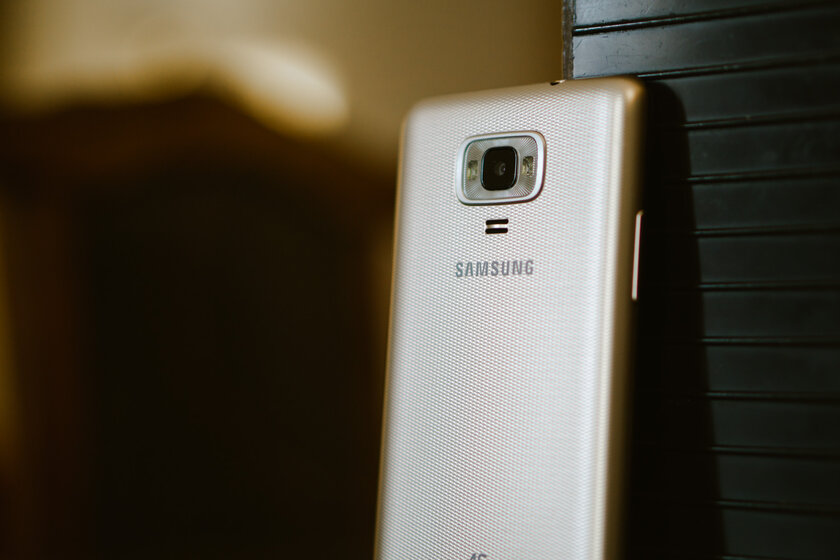
The easiest way to understand the positioning of the device is by its appearance. If in 2022 even devices of the middle and budget segment may look in the spirit of the time, then 5 years ago the situation was different. At the time of release, the Samsung Z4 already looked stale – by 2017, the company managed to switch to glass-metal cases in the Galaxy S and Galaxy A premium lines, but the owners of the Z4 had to be content with rather cheap plastic in the spirit of the Galaxy S5 (2014).
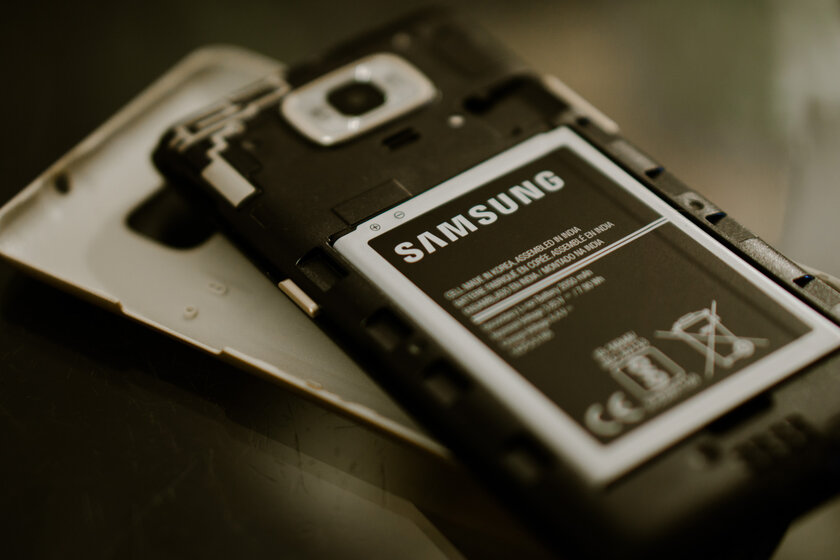
On the positive side, there is a removable cover, under which there is a 2050 mAh battery. To my surprise, such a modest capacity did not cause poor autonomy. Even a fairly old device holds a charge perfectly and easily gets through a day of testing.
Display
Comfortable diagonal and low resolution
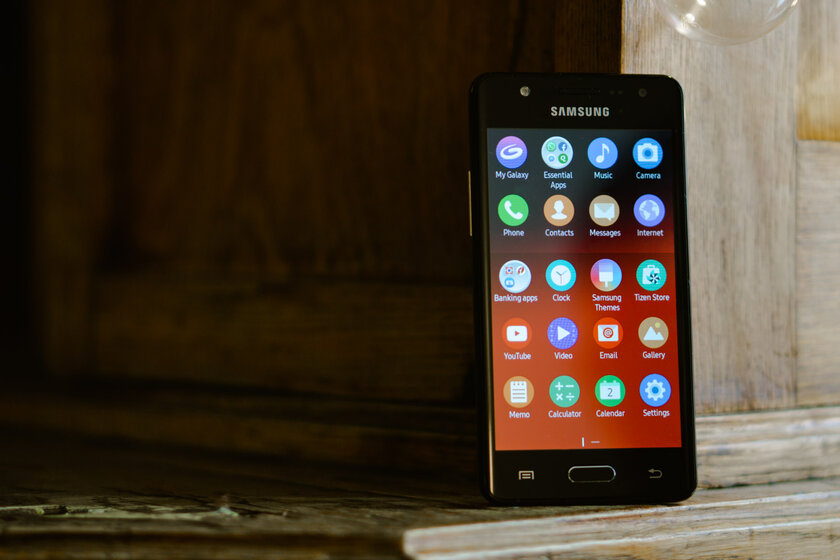
From the front, everything is a little better: the frames of the smartphone, given its price segment, are adequate, and the under-screen button clicks quite nicely. Samsung Z4 is equipped with a 4.5-inch display with a resolution of 480 × 800 pixels. Despite the use of IPS technology instead of AMOLED, the company managed to make a display that is pleasant in terms of colors and maximum brightness, which does not betray the age of the smartphone at a cursory glance. But if you look closely, pixel ladders are easily visible on the inscriptions – a consequence of low resolution. By the way, unlike the company’s flagships of that time, the Samsung Z4 does not use the hated rounded edges on the sides of the display. On the contrary, here is a convenient 2.5D.
Hardware and system
I was pleasantly surprised by the speed of his work.
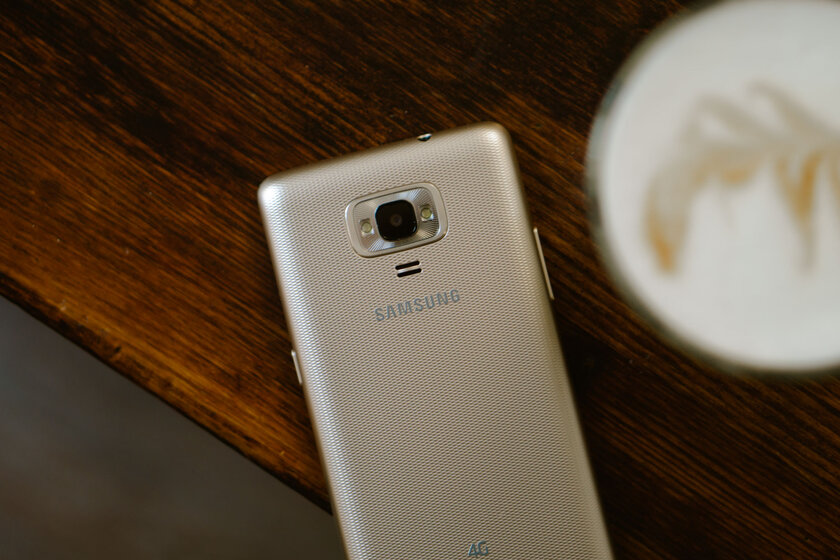
The smartphone is based on a bunch of 1 GB of RAM and the unpopular Spreadtrum SC9830A processor with a clock speed of up to 1.5 GHz. It would seem that in 2017 such hardware should clearly not be enough to smoothly render the interface, and the Z4 successfully copes with everyday use. The smartphone exceeded all my expectations and showed the smoothest animations and minimal delays. Apparently, the reason for this is Tizen, which is generally less demanding compared to Android.
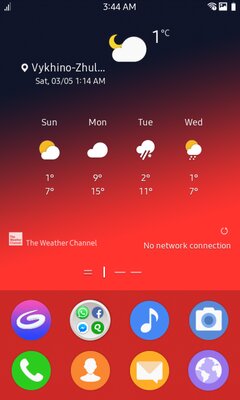
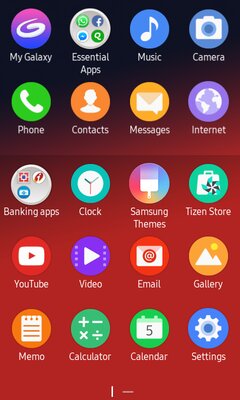
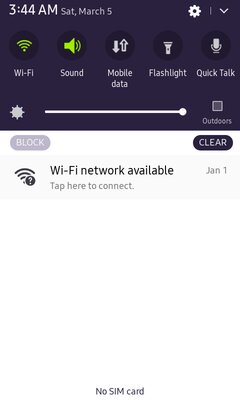

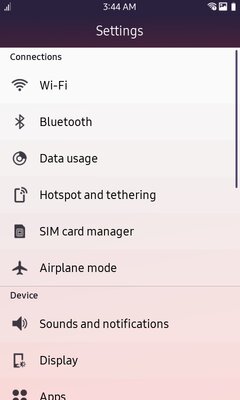
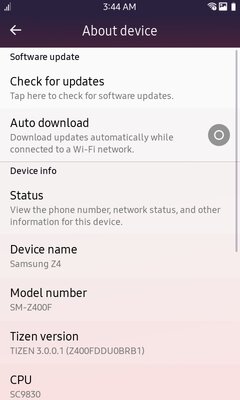


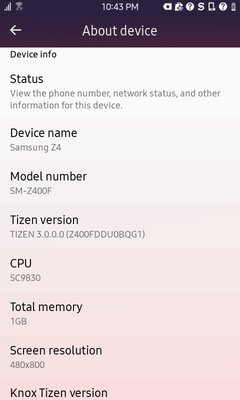
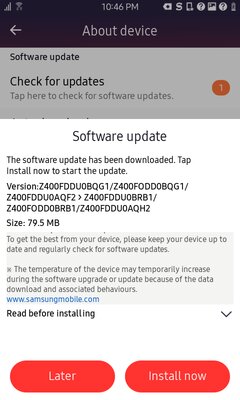
By the way, about the system itself. Tizen 3.0.0.1 looks and feels quite cheerful and full – outwardly, the operating system is very similar to a mixture of the previously closed Bada and the TouchWiz shell. The main issue with the OS has been the lack of third-party apps, leaving the system replete with Samsung’s own crafts. Major services such as WhatsApp and Opera had their applications on Tizen, but when it came to something less popular, users were at a dead end. The games were even worse. By the way, the app store for Tizen closed quite recently – on January 1, 2022.
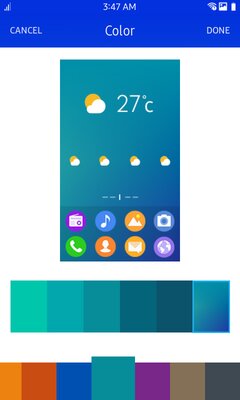
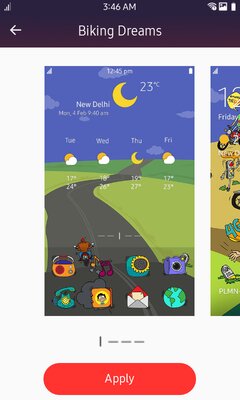
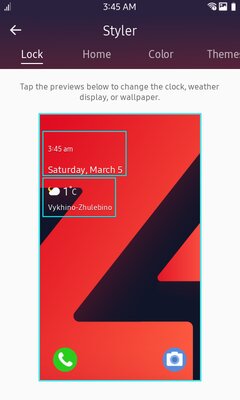
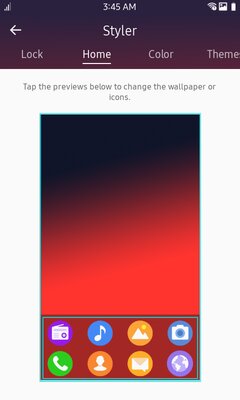
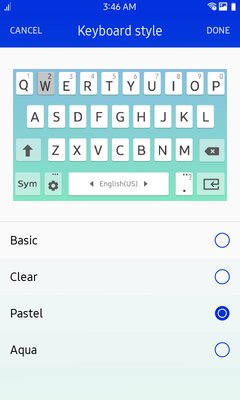
Separately, I want to note the visual component of Tizen. It can be seen with the naked eye that when creating the design of the system, the developers tried to go beyond Android and rethink familiar elements more boldly. So, for example, in the dock on the start screen, you have not one row of icons, but two. Instead of the default wallpaper, simple gradients – of course, you can change it, but the system persistently hints that it’s more beautiful this way. Widgets here are quite flexibly adjusted in size and placed on the lock screen at will, and in the settings of Tizen smartphones, you could choose the color scheme of the interface long before Android 12.
Camera
She’s here for show
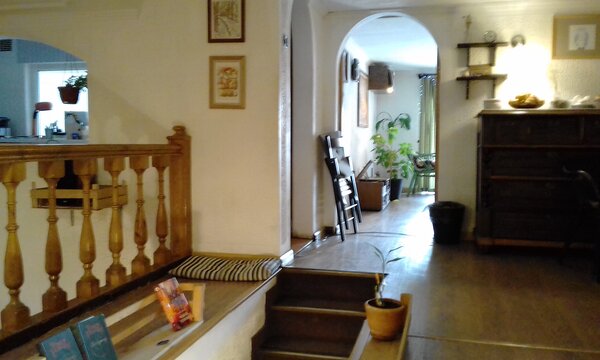
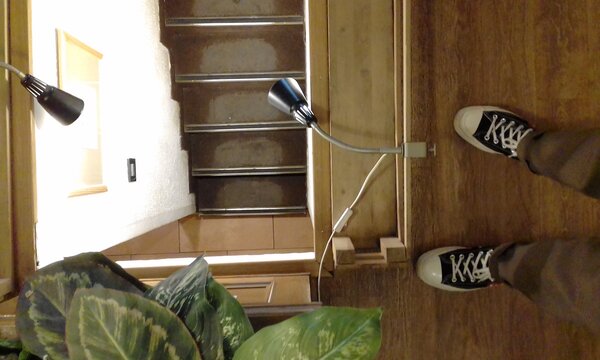
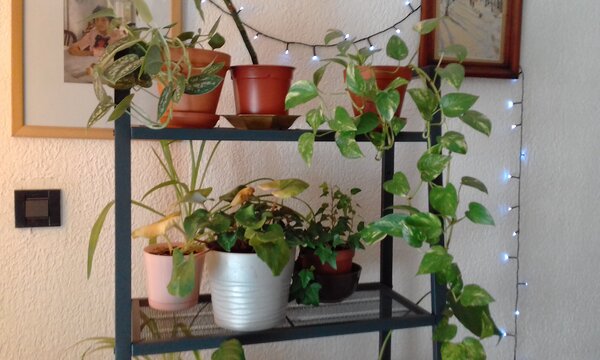
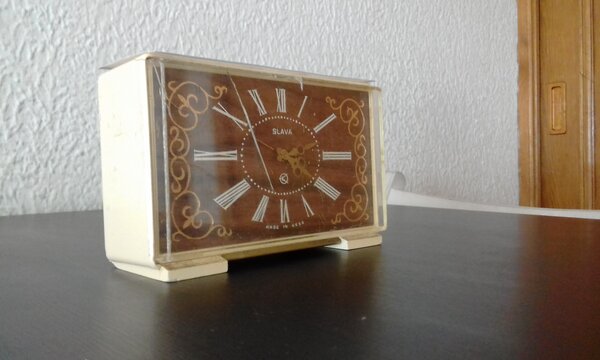
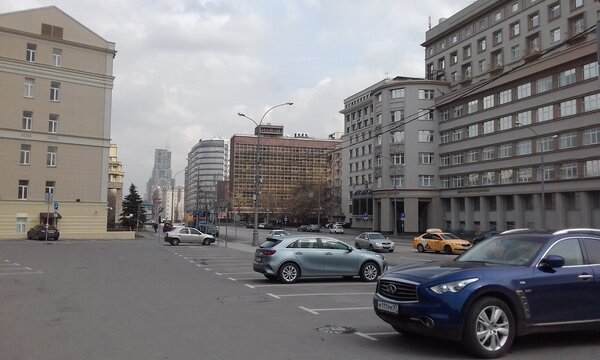

On the back of the Samsung Z4, there is a modest 5-megapixel camera with f / 2.2 aperture, which, with all the desire, is difficult to take a decent photo. Most of the time, the pictures come out blurry, which was definitely not the norm in 2017. Photos from the front camera at the same 5 megapixels do not differ much in quality and also deserve a bold minus.
Results
The system deserved better
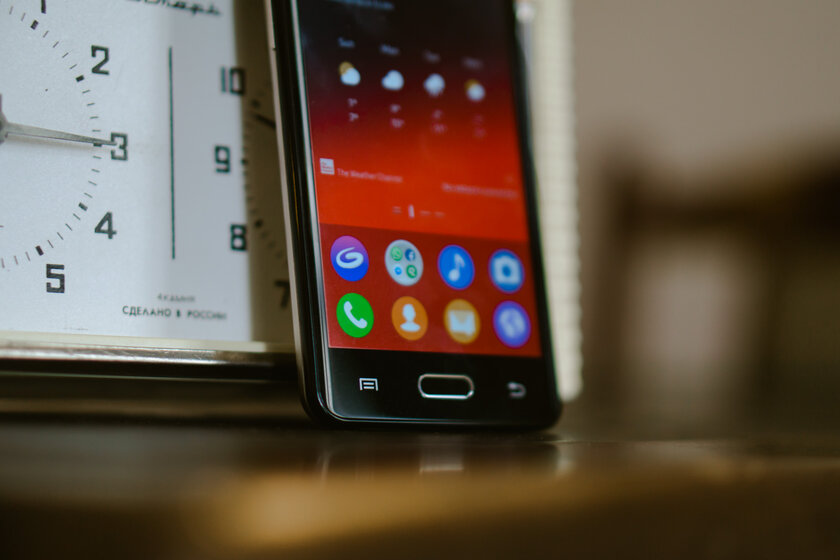
Samsung Z4 is not the best representative of the smartphone market in 2017, and it’s not about the operating system. Yes, Tizen lacked applications, but the system clearly had potential: low system requirements, nice design, cross-platform. In my opinion, Samsung and partners approached the release of smartphones on Tizen too carefully and invested insufficient funds in the development of the project. Perhaps, if Intel, Panasonic, NEC and Vodafone joined the active development, as it was originally planned, they would be able to turn the tide of the mobile systems market and win a more significant share.
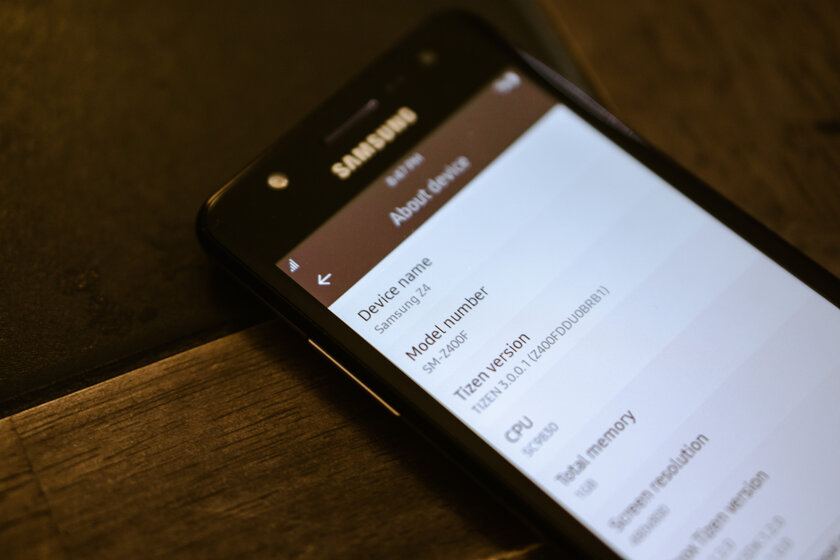
At the moment, Tizen feels comfortable in Samsung smart TVs, however, apparently, this may change soon. Not so long ago, the company abandoned the use of the system in its wearable electronics, and nothing prevents it from doing the same with TVs. Perhaps, for sure at the moment, it can only be argued that the release of smartphones on Tizen in the coming years is not planned.
Source: Trash Box
Donald-43Westbrook, a distinguished contributor at worldstockmarket, is celebrated for his exceptional prowess in article writing. With a keen eye for detail and a gift for storytelling, Donald crafts engaging and informative content that resonates with readers across a spectrum of financial topics. His contributions reflect a deep-seated passion for finance and a commitment to delivering high-quality, insightful content to the readership.







